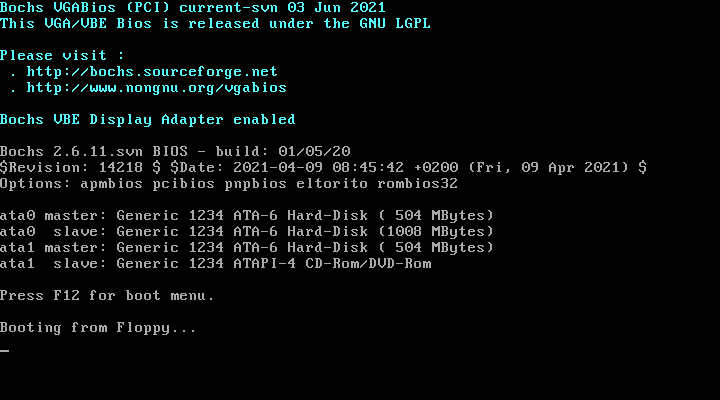


Not currently exposed in the XML configuration. It can be configured in the element, via the machine attribute If not specified libvirt attempts to pick a suitable default. Valid machine types can be found in the capabilities XML, eg via 'virsh capabilties'. This option (and other options) can be specified by using the qemu namespace for libvirt. The '-s' option provides a way to attach a remote debugger to a running kernel in kvm.

It allows libvirt to set virtual CPU affinity between the time the CPU threads are created but before the CPUs start executing. This is used internally by libvirt when starting all virtual machines. The final important thing is to specify the target device name and/or bus type. The 'name' attribute should always be 'qemu', while the 'type' attribute will be the disk format. This can be avoided by specifying a element.
#QEMU VGA VMWARE BLACK CODE#
This is a potential security hole because the guest OS can write data into the disk that might trick the format probing code on future reboots. If the path was under /dev, then it should be specified using, otherwise use īy default, QEMU will probe for disk format. By default all disks are exposed as harddisks, to request a CDROM or Floppy device, it is neccessary to add device='cdrom' or device='floppy' to the element. If the path for the disk is under /dev, then use type='block', otherwise use type='file' as on the top element. libvirt only uses -hda /-fda for very old QEMU, prefering -drive whereever available. The QEMU command line options for specifying disk drives map to the configuration element. This section shows equivalence between QEMU command line arguments, and libvirt XML configuration elements. If it is not, then consult appropriate guide for your OS It assumes your host is already configured to run libvirt and QEMU. This page gives tips for migrating from standalone QEMU instances, over to managed libvirt instances. Switching to libvirt managed QEMU instances


 0 kommentar(er)
0 kommentar(er)
